ISKANTEN, field trip to the Marginal Ice Zone in the Barents Sea for the Spring Bloom of Plankton
17 May 2016 to 29 May 2016
17 - 19 May, Mijefjorden
77°39.800 N
14°12.029 E
Looking at the CTD measurements that were made at each station. Looking at ‘spranglaget’ and the relation to the underwater audible landscapes. How are the conditions for sound distribution particularly in ‘spranglanget’, for example. Do fish and mammals navigate and use this information and how does it relate to underwater acoustics?
CTD is the measurement of, for example, conductivity, temperature, and pressure. Can also measure Chlorophyll fluorescence (the latter an indication of the concentration of microscopic photosynthetic organisms (phytoplankton) contained in the water).
Niskin bottles in a Rosetta for water samples from different depths.
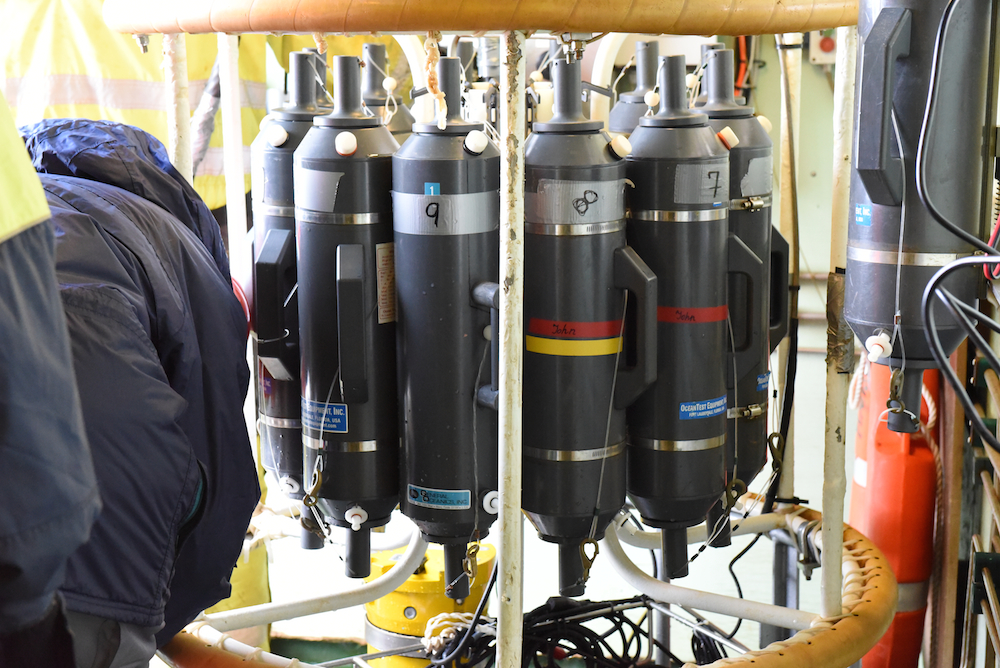
We observed several Fin Whales and a Blue Whale. Arrived here earlier than expected.
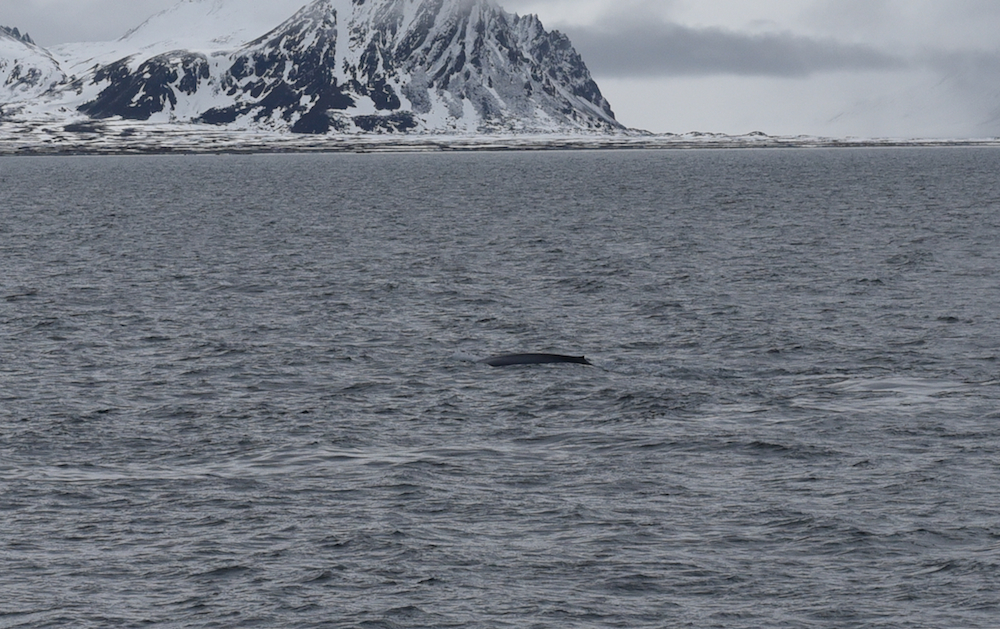
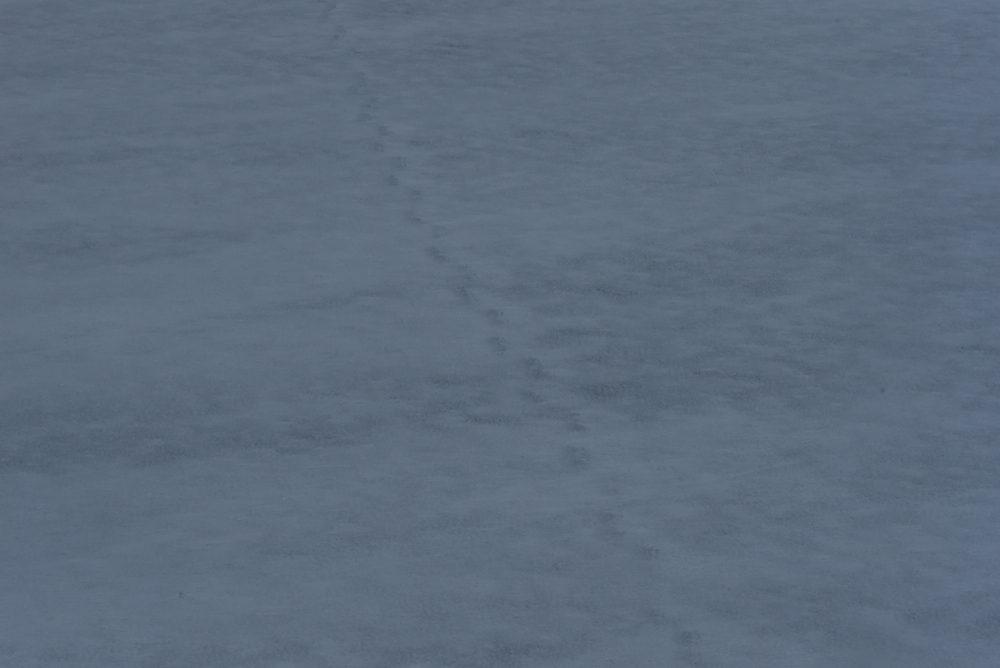



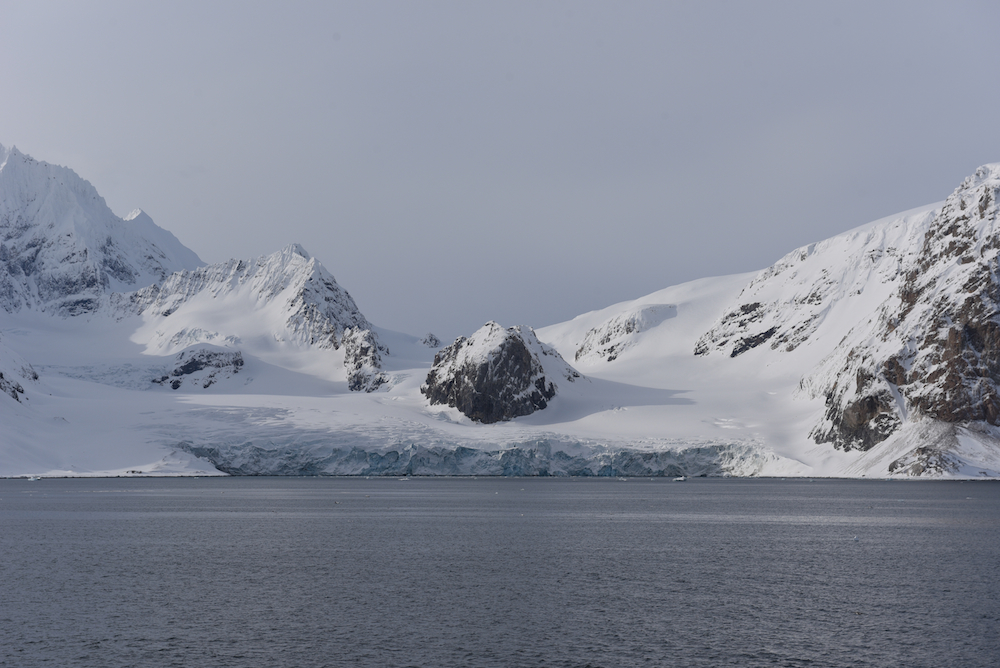
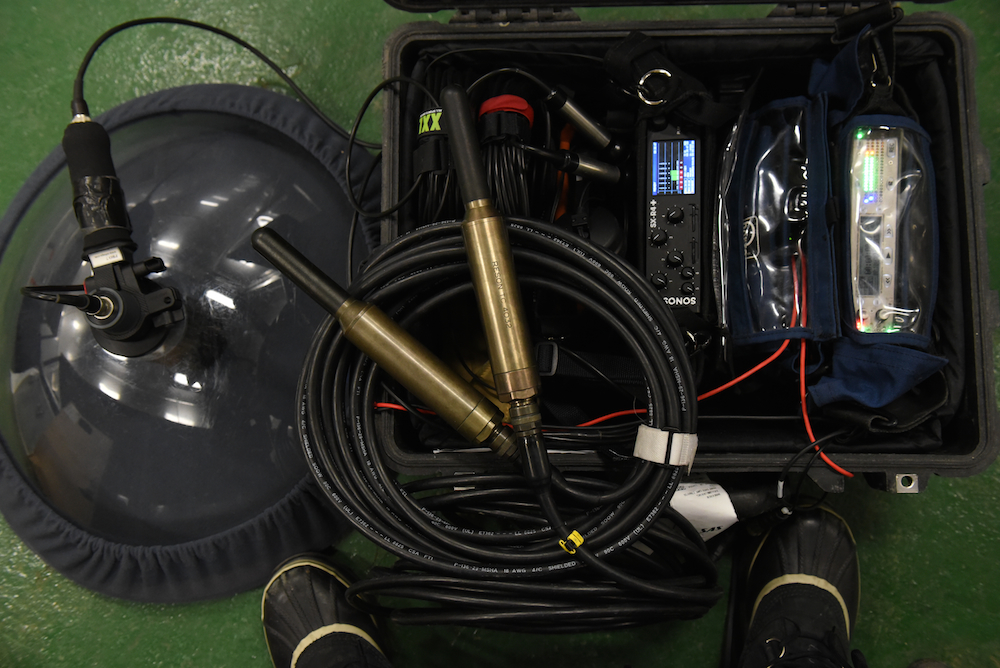

Listening to Erignathus barbatu, Bearded Seals, underwater with two Reson 4032 at different depths. It was obvious that they were communicating, particular frequencies were intense. Will do more research on the choice of frequencies according to the accoustics at the particular space. Surprising amount of reverb again, as I also experienced in Greenland by the Ice fjords.
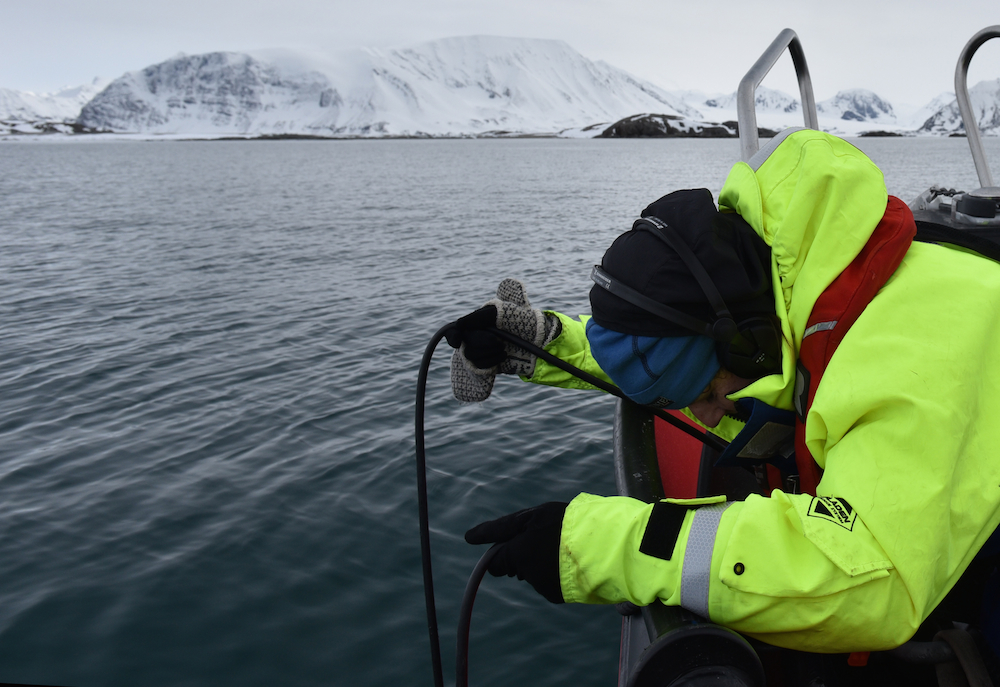
77°01.002N
16°28.397E
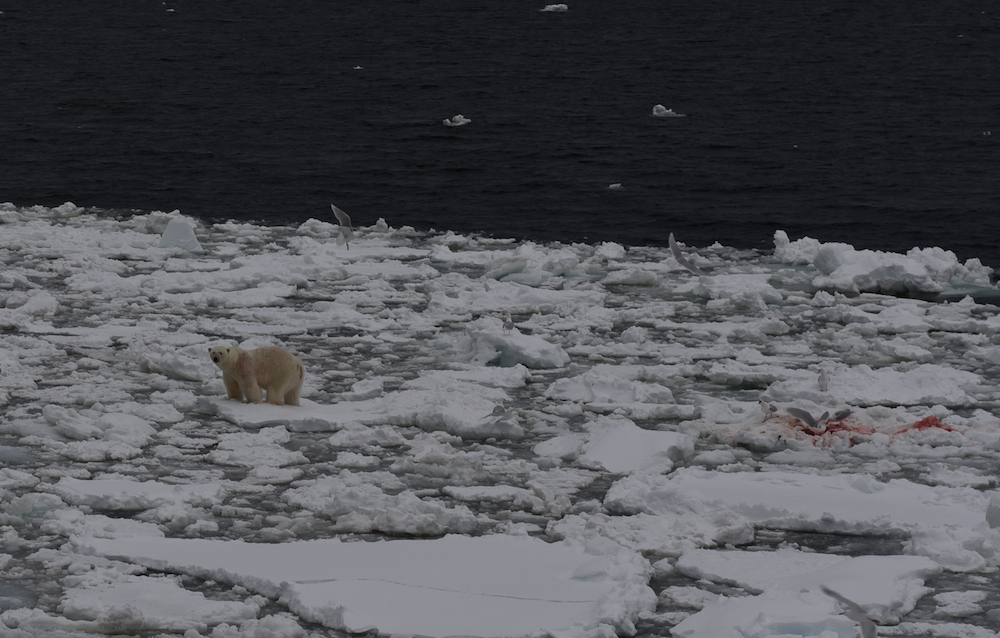
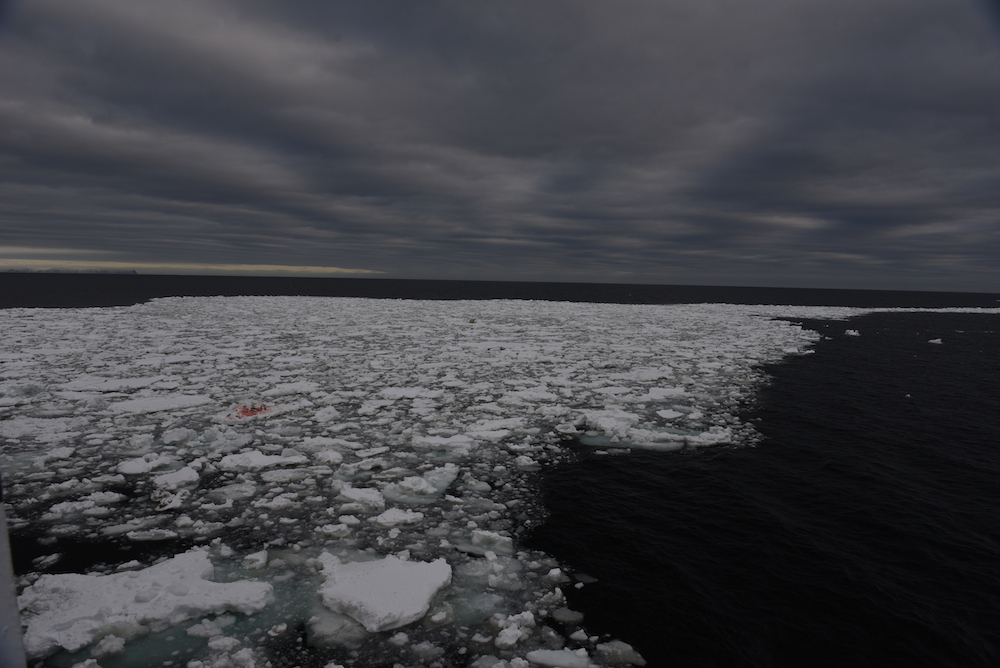
23 May
79°11.678N
26°18.552E
Recordings of Bearded seals, though saw only Harp Seals.. Wondering if Harp Seals also make this same sound, will investigate further.
Fog appeared and had to return to the ship.
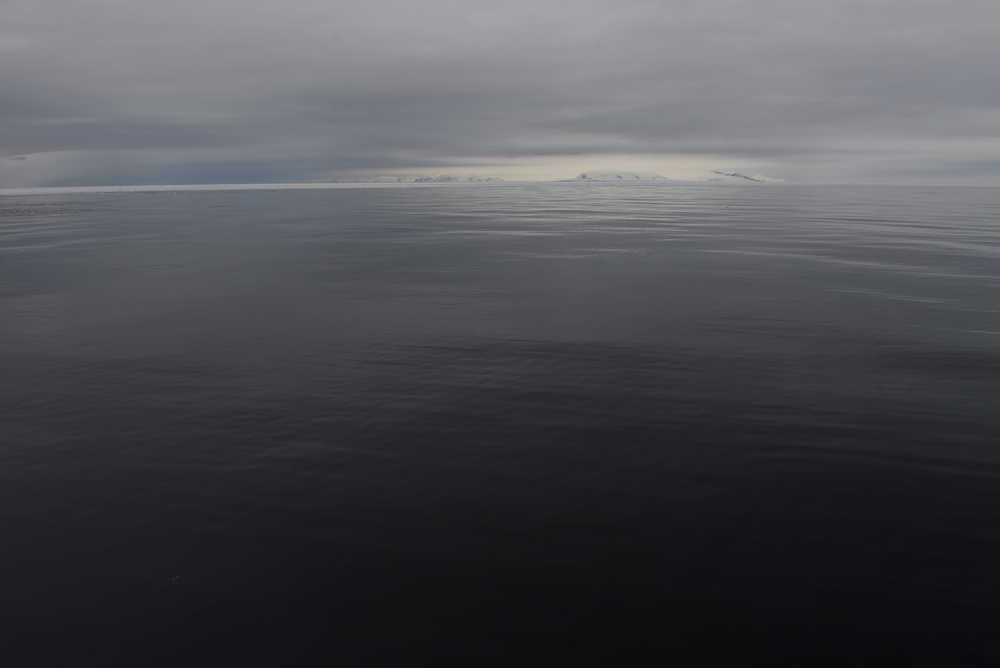
Food Web instead of Food Chain
Marginal Sea Ice Zones instead of Sea Ice Edge
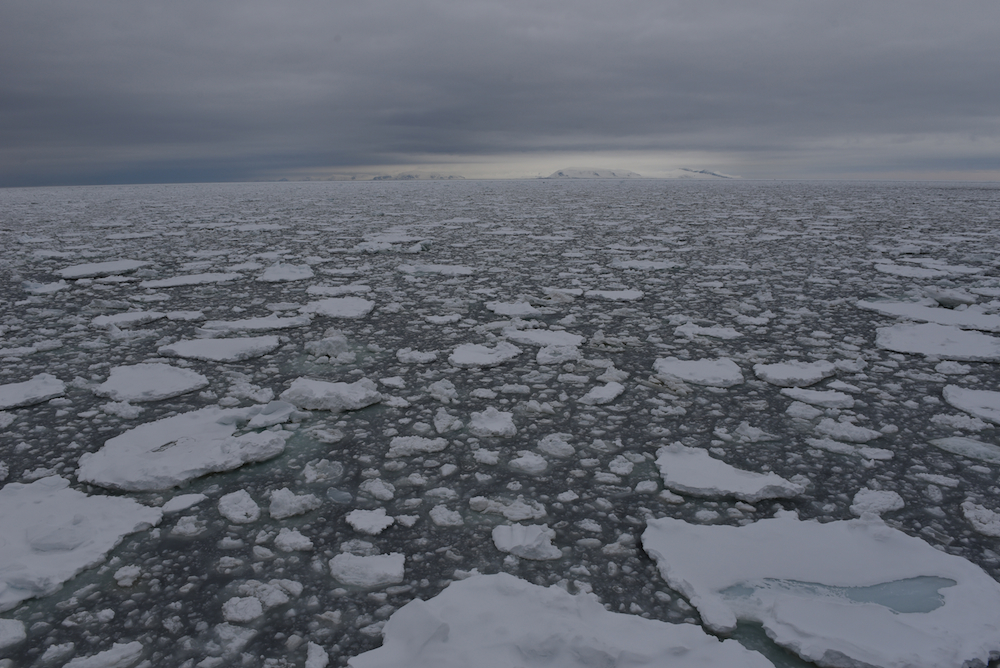
25 May
77°15.687N
29°30.048E
26 May
76°16.255N
29°44.117E



